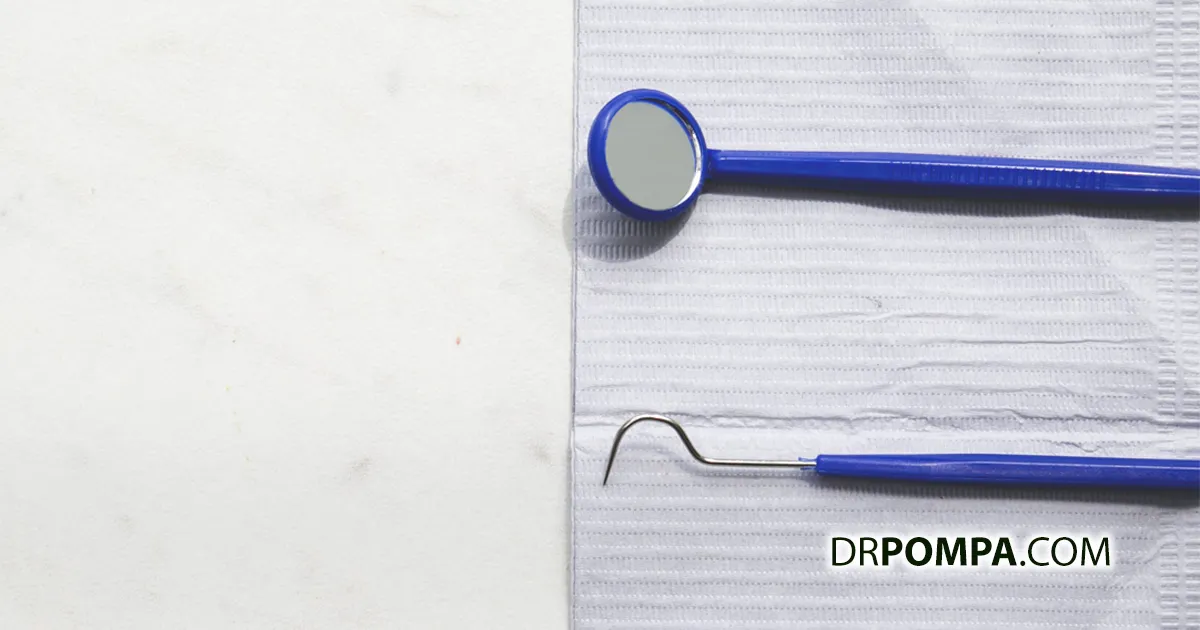Did you know that the health of our mouth has a huge impact on our overall health and longevity? I was lucky to have the opportunity to interview Dr. Gerry Curatola, a holistic dentist, who refers to himself as a ‘safe’ dentist. In this particular episode, Dr Curatola and I discuss cavitations. Not to be confused with cavities, cavitations are something many of us (myself included) are just not aware of. Chronic systemic disease relating to dental infections are very common.
What is the difference between a cavity and a cavitation?
According to Curatola, a cavity is a hole in a tooth with decay, whereas a cavitation is a term used to essentially describe a hole in the jaw, oftentimes with anaerobic bacteria present. These ‘caves’ often go undetected because many cavitations do not produce symptoms such as fever, swelling, or pain. However, caves can harbor some scary organisms like spirochetes (present in Lyme disease). We have now started to see and diagnose huge numbers of cavitations in the human jaw, because of the advance of some sophisticated diagnostic tools. Among one of them is this 3-D x-ray, which we call a cone beam. Cavitations are typically found where wisdom teeth have been removed. According to Curatola, ‘Over 80% of people that had wisdom teeth extracted (without biologic grafting or proper cleaning out of the socket where the wisdom tooth is) have cavitations.’What causes cavitations to form?
There are (3) reasons cavitations typically form:- Inadequate removal of the ligaments that attach the teeth to bone. The bone never heals properly because you have these tiny connective tissue ligaments that originally attach that wisdom tooth to the bony socket. You’ve really got to scrape and excavate that, and many Dentists do not.
- The vasoconstrictive action of dental anesthetics can precipitate a cavitation (lack of blood flow to the area, preventing healing).
- Inadequate closure of the wound site where food and debris can get in there, set up, and actually create almost like a cyst in there where the bone starts to heal around it and it encapsulates this void, which is caused by improper healing.
Chronic systemic disease is related to dental infections.
A cavitation is literally a cave in the jaw. It’s dark, and it’s moist, and it’s warm. It’s a perfect place for opportunistic organisms to hang out, because there isn’t a blood supply. Your body’s immune system is not going to that cave. These caves become a home to so many different types of pathogens and opportunistic bacteria that are constantly challenging the immune system. Lyme spirochetes and parasites love to hide in these caves. These bacteria wreak havoc everywhere in the body. Gum disease, and oral diseases are linked to everything from Alzheimer’s to colorectal cancer. They find the actual pathogens in the plaques and arteries around the heart. Prophyromonas gingivalis bacteria, which is from the mouth are can be found in the arteries around your heart. There is a big connection being made between mouth bacteria health and the health of the entire body. Oftentimes these cavitations can be misdiagnosed. Sometimes people get misdiagnosed with ‘trigeminal neuralgia’ and actually, it could be a cavitation strangling the nerve. It’s called neuralgia induced cavitational osteonecrosis, NICO. What often happens is a perfectly healthy tooth gets pulled because the patient is saying, ‘It’s killing me here. It’s killing me here.’ The dentist can’t see anything. He pulls a perfectly good tooth, and then another perfectly good tooth. However, they don’t get to the root of the problem, the cavitation.How can a cavitation be detected and fixed?
If you have had any tooth pulled, or had a root canal on a tooth, it’s imperative to check for cavitation. Cavitations do not show up on conventional dental x-rays. That’s why cone beam has become the gold standard for diagnosing. A cone beam clearly shows the areas of cavitation detected. It’s important to find a dentist that offers a cone beam to get clearly diagnosed. With a cone beam you can see three-dimensional representations of the cavitation. Curatola suggests that many biologic dentists are very ‘ozone happy’. Ozone therapy has its application in dental infections. However, ozone therapy should be done generally in the mouth because what we know right now is the bacteria in our mouth keep us alive. We want to keep it happy. We want to keep the microbiome happy. What I like to say, “Make peace with our microbes.” Ozone therapy alone may kill off the parasites and infection temporarily, but they will find their way back. According to Dr. Curatola, there are 2 important protocols to make sure that the biologic dentist you choose follows, when fixing a cavitation.- Water laser use (also known as a waterlase laser) to remove debris in the cavitation. Water lasers remove disease, soft and hard tissue; disinfect the entire area with ozone water; and stimulate bone regeneration.
- The second protocol is the bone grafting with A-PRF and I-PRF, which stands for platelet-rich fibrin. Blood is drawn and separated from the platelet-rich fibrin, packed into the cavitation. The idea is to use your own body’s blood to get that platelet-rich fibrin, which is rich in mesenchymal stem cells, rich in growth factors and immune factors. The healing is so much smoother using PRF.











